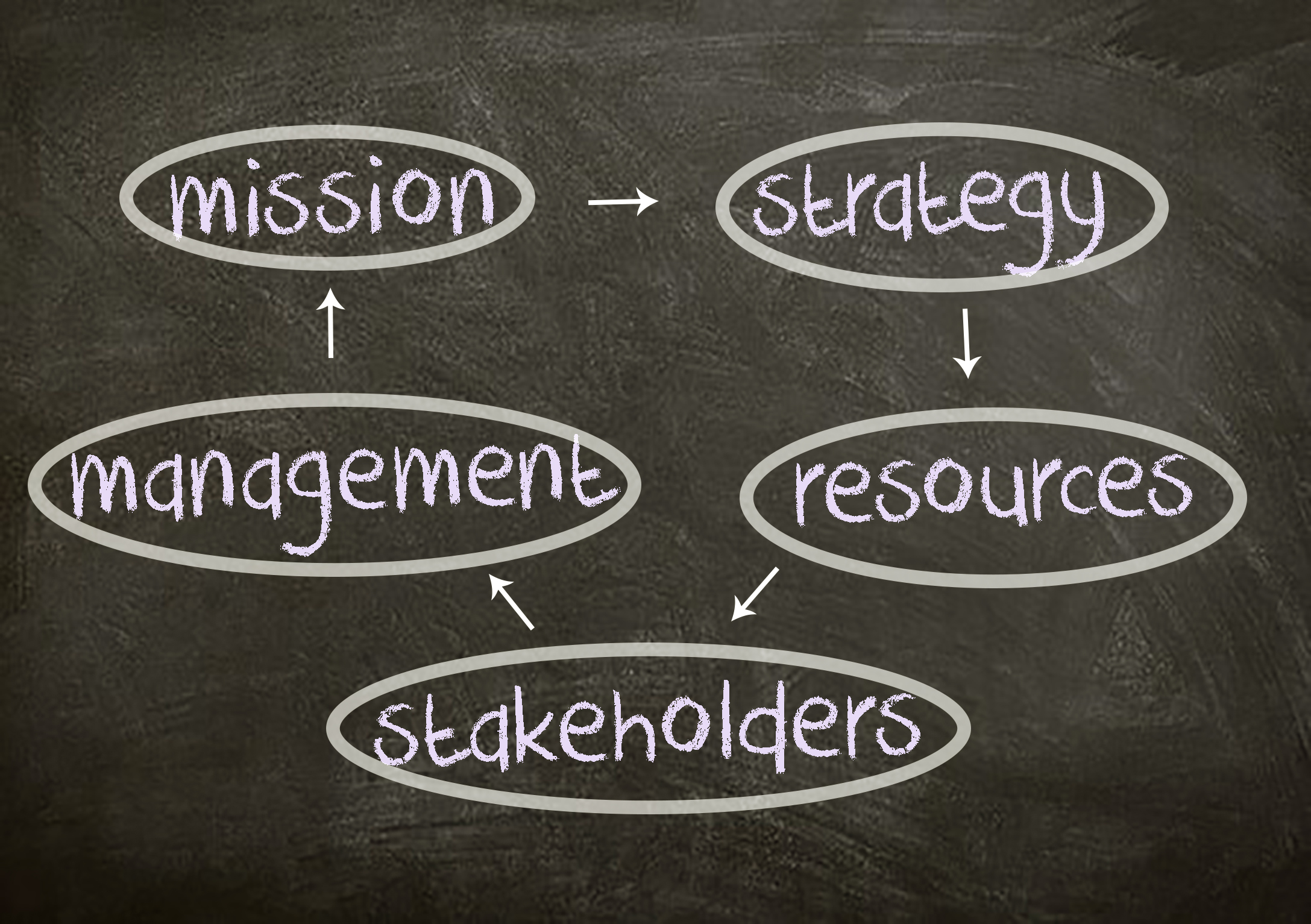Michael Lowenstein, Ph.D., CMC Thought Leadership Principal, Beyond Philosophy
Most organizations do not fully understand, or leverage, the key linkages between customer experience and employee experience/behavior. Enterprises typically focus on employee satisfaction or engagement, in the belief that high levels in either area will directly drive customer loyalty. Our research and consulting experience has shown that employee satisfaction and engagement have rather incidental connection to customer behavior. Employees, though, are critical stakeholders in the delivery of experience value. So, it is vital for companies to learn where they are in creating enterprise-wide employee ambassadorship (commitment to the organization, the product/service value proposition, and the customers) and stakeholder-centricity.
Companies want, and need, to know how they are performing on key stakeholder centricity elements, and we have developed a 6 factor, 25 question survey: The question categories are:
1. Recognize that employees’ behavior, like customers, has both emotional and rational and emotional underpinnings (4 questions)
2. Consider the ways that employees make decisions on how to act (toward other employees and to customers (5 questions)
3. Consider stakeholder-centric cultural effects on employee behavior (5 questions)
4. Consider the differences (and connections) between employee satisfaction, employee engagement and employee ambassadorship (4 questions)
5. Consider that employees, like customers, have a defined life cycle (5 questions)
6. Consider the dual roles of organizational readiness and leadership in shaping employee ambassadorship behavior (2 questions)
This self assessment has been designed to help identify how, and how effectively, enterprise culture helps shape employee behavior and the delivery of customer value, with employee ambassadorship as an optimal state. The questions address such key areas as organizational readiness, employee life cycle, and leadership.
The questionnaire looks different than any other cultural, employee satisfaction, or employee engagement survey you may have seen or participated in; and it’s not an accident. Here is a brief look at some of the most important things we have learned from the survey results:
– Some of the lowest agreement scores we have seen deal with the degree to which organizations understand the influence of employee emotional state and experience on customer behavior, and the extent to which these emotions create or destroy both employee and customer value
– Newer employees tend to be treated differently than longer-tenured employees in terms of training, advancement opportunities, etc. One result of less attention being paid to longer-tenured employees, which our research has uncovered, is that they tend to have less positivity in both emotions and perspectives.
– Organizations consider themselves to be largely product-centric and sales-centric, and focus on assumed linkage between employee satisfaction and customer loyalty. In addition, organizations focus on creating high employee and customer satisfaction, which is principally about attitudes rather than behaviors
– There is rather low belief that company leadership directs HR to shape and support employee ambassadorial behavior
We have long chronicled the causation and strong correlation between employee ambassadorship, employee commitment and loyalty, customer experience and value delivery, and downstream customer behavior. For enterprise cultures today and to paraphrase Robert Frost’s famous poem, ‘The Road Not Taken’, ambassadorship and ‘people first’ may be the road less traveled for many companies, but organizations will find that traveling it makes all the difference.
Republished with permission from CustomerThink.com
| Michael Lowenstein provides strategic consulting, research design and in-depth, leading-edge analysis that helps clients deliver outstanding business results through deeper customer experience, communication, relationship, employee and brand equity insights. Beyond Philosophy provide consulting, specialised research & training from our Global Headquarters in Tampa, Florida, USA. |


